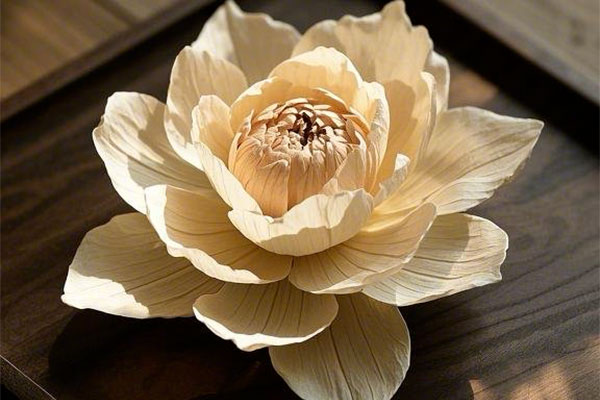Chinese Intangible Cultural Heritage - Beijing Silk Flowers
Introduction
Beijing silk flowers are treasures of traditional Chinese handicrafts, crafted primarily from silk through dyeing and shaping techniques to create realistic floral artworks. Renowned for their lifelike forms, vibrant colors, and exquisite craftsmanship, this art form was inscribed on China's National Intangible Cultural Heritage List in 2008. More than just decorative art, Beijing silk flowers carry profound cultural significance and folk traditions.
Historical Development
Origins and Evolution
- Tang Dynasty: Prototypes emerged in imperial courts
- Ming Dynasty: Professional production techniques formed
- Qing Dynasty: Reached artistic peak, becoming imperial tributes
- Republican Era: Transitioned from courts to folk traditions
Key Development Stages
- Qianlong era (Qing): Establishment of professional workshops
- Early 20th century: International exports began
- 1950s: Founding of Beijing Silk Flower Factory
- 21st century: Revival and innovation of traditional craft
Regional Characteristics
Major Schools
| School | Representative Artist | Features | Representative Works |
|---|---|---|---|
| Imperial Court | - | Luxurious, complex craftsmanship | Peonies, Chrysanthemums |
| Folk Style | - | Rustic vitality, bright colors | Pomegranate flowers, Plum blossoms |
| Contemporary | - | Innovative integration, diverse forms | Artistic flower arrangements |
Production Features
- Materials: Premium Hangzhou silk, satin
- Dyeing: Traditional plant-based dyes
- Shaping: Hyper-realistic imitation
- Process: 72 meticulous steps
Cultural Significance
- Auspicious Culture: Different flowers symbolize various blessings
- Folk Traditions: Closely tied to festivals and wedding customs
- Aesthetic Value: Embodies traditional Chinese color aesthetics
- Artisan Wisdom: Demonstrates masterful craftsmanship
Production Techniques
Core Processes
- Material selection (silk, wires)
- Starching (for fabric stiffness)
- Dyeing (traditional immersion techniques)
- Shaping (hand-petaled formation)
- Assembly (complete flower composition)
- Finishing (final adjustments)
Signature Techniques
- "One-petal-one-dye" coloring method
- Multi-color gradient effects
- "Genuine imitation" shaping art
- "Four seasons together" arrangement
Preservation Efforts
- Successor Training: Master workshops establishment
- Technique Documentation: Craftsmanship manuals compilation
- Innovative Development: Cultural creative products
- Industry Support: Heritage base construction
- Cultural Promotion: Thematic exhibitions
Modern Development
- Expanded applications (home decor, fashion design)
- Material innovations (eco-friendly alternatives)
- Integration with contemporary art
- Hands-on workshop development
- Digital museum establishment
As a representative of Chinese traditional crafts, Beijing silk flowers are revitalizing this ancient art through innovative designs and modern applications, showcasing the unique charm of Chinese handicrafts to the world.







